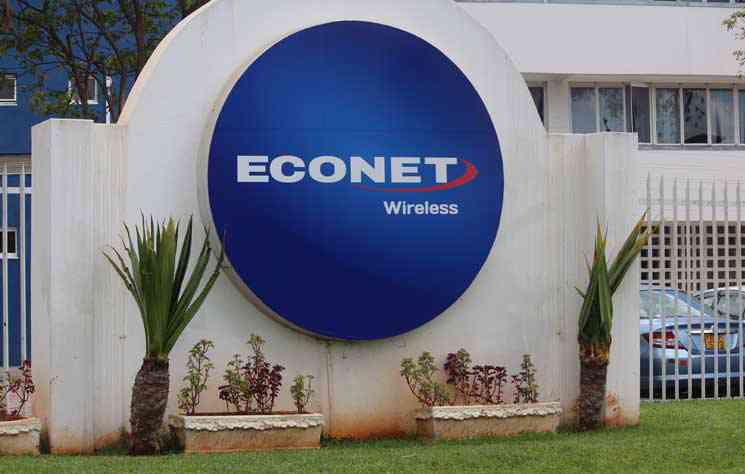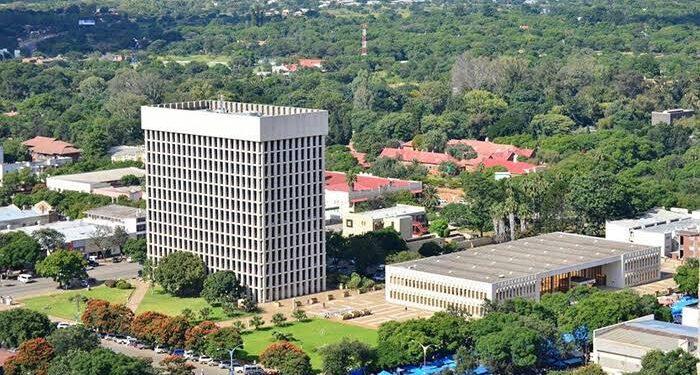GOVERNMENT's much awaited Local Content Strategy (LCS) which was approved by Cabinet on Tuesday has set an 80 percent minimum threshold for all products.
This strategy forms part of interventions which Government is instituting towards management of the country's import bill, which has resulted in scarcity of foreign currency needed for the importation of key commodities such as raw materials, fuel, medicines and equipment. The import bill for the four months to April was US$1,5 billion.
In working towards a local content policy to support local industrialisation, Zimbabwe is not traversing uncharted territories as the country's biggest trading partner, South Africa, has local content thresholds for different sectors ranging from 30 to 100 percent.
In the policy document, the Ministry of Industry and Commerce indicated that the strategy was targeted at boosting value addition through the use of local products, with the aim being centred on raising the current local content thresholds from 25 percent to 80 percent.
"The Local Content Strategy (LCS) is a strategy to encourage local value addition through utilisation of domestic resources and localisation of supply chains. The strategy will create economic linkages and business opportunities for local entrepreneurs.
"The LCS will be implemented through specific evidence-based local content thresholds in prioritised sectors.
"Objectives of the LCS are to increase average local content levels in prioritised sectors from current levels of approximately 25 percent to around 80 percent by 2023," the document reveals.
Addressing journalists during this week's post-Cabinet briefing, Information, Publicity and Broadcasting Services Minister Monica Mutsvangwa said the LCS aims to promote local value addition and linkages through utilisation of domestic resources.
"The critical strategic actions will include preferential local procurement, capacitation of local suppliers and capacitating research and development institutions; establishment of plants for the transfer of technological know-how."
Estimates say 55-60 percent of products found on local supermarket shelves are imported from across the world; but the majority comes from neighbouring South Africa, which is Harare's largest trading partner. However, Government contends that there are ways to support the local industry without resorting to statutory instruments to regulate importation and such options entail formulation of the LCS to encourage citizens and local corporates to buy products produced locally.
It is believed that the increased consumption of locally manufactured products has the potential to drive the country's industrialisation agenda and at the same time help whittle the country's trade deficit.
Already, Zimbabwe's trade deficit for the first four months of the year has been on a downward trend, registering a 299 percent decline from US$1 billion recorded the same period in 2018 to US$300 million this year.
Likewise, imports also dropped 31 percent to US$1,5 billion from US$2,2 billion registered in the prior year. The policy document also took an export-led stance by stipulating that the country's exports should grow by 5 percent annually between the period 2019-2023.
The development also comes at a time when the country's exports for the first four months to April remained stagnant at US$1,2 billion as those that were registered during the same period last year.
- zimpapers
 OK Zimbabwe posts US$17,8 million loss
OK Zimbabwe posts US$17,8 million loss  Hichilema meets Chivayo
Hichilema meets Chivayo  Millions celebrate Diwali festival in India
Millions celebrate Diwali festival in India  Econet Zimbabwe to delist from ZSE
Econet Zimbabwe to delist from ZSE  Gold edges up as traders await guidance
Gold edges up as traders await guidance  Mnangagwa fires Chitando, appoints Polite Kambamura
Mnangagwa fires Chitando, appoints Polite Kambamura  Young Investment Professional (YIP) Graduate Programme 2019
Young Investment Professional (YIP) Graduate Programme 2019 










 Young Investment Professional (YIP) Graduate Programme 2019
Young Investment Professional (YIP) Graduate Programme 2019
Editor's Pick